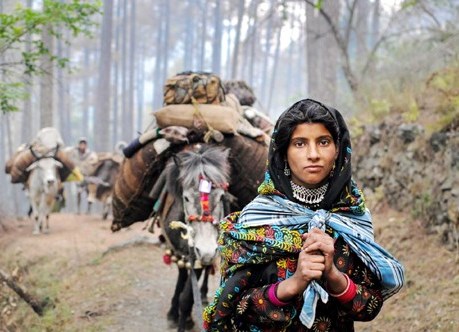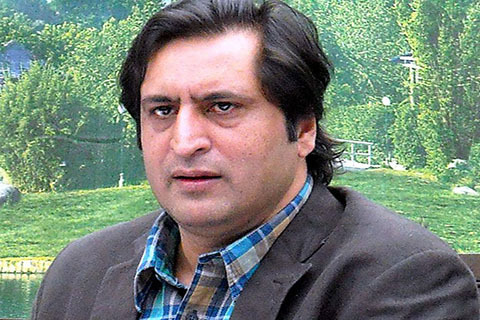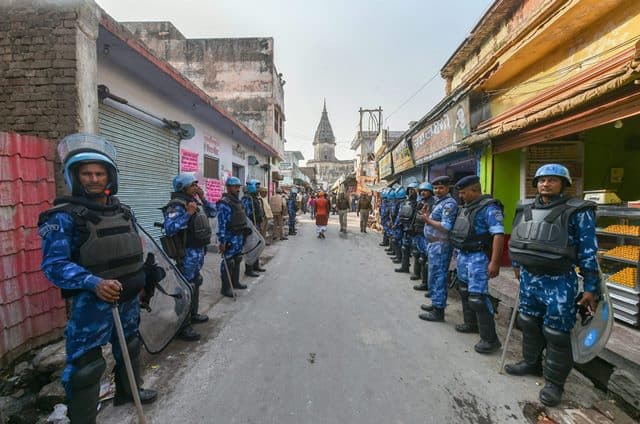While the famous Jim Corbett National Park is legendary for its tigers, its wildlife, bio diversity and flora and fauna, the Rajaji National Park near Dehradun and Rishikesh is still young and growing into a lush green wildlife sanctuary and tiger reserve despite a highway and a train line crossing its buffer zone and reasonably big towns in its vicinity. Established in 1983, comprising the rocky terrain of the ancient Shivalik hills, just about on the foot hills of the Himalayas, this 820 km landscape of dense forests has two beautiful rivers flowing: the Ganga and the Song. The Ganga, like a mountain river, in a mysterious move, actually disappears and goes underground near Chilla, only to appear yet again at a distance. The area is marked by a huge canal and several water bodies.
The national park is also home to around 30-plus tigers with many cubs. It also has a wide variety of wildlife and animals, including the elephant which has occasionally attacked people on the highways, the sloth bear, deer species, king cobra, birds, insects, among others. It also has had for decades, stretching before the Independence era, an indigenous community which has lived deep inside the forest in peaceful co-existence with the wildlife: the robust and hardworking Van Gujjars – Gujjars who belong to the forests.
Over the years, there has not been a single instance of a man-animal conflict in this region. This indigenous community used to build huge and strong huts in the thick of the forests, so powerfully built that the incessant rain during monsoon or a storm would never be able to hurt these architectural marvels. These homes of the communities would usually be near a stream or water body, and they would mostly rear cattle, and trade in milk and milk products. Of late, their children have started going to the neighbourhood schools, their women have started to venture out, and the forest community has also established links with the urban market.
ALSO READ: Sundarbans – Dark Clouds And A Silver Lining
In recent times, their life changed drastically, as has been a phenomenon all over Indian forests and their indigenous communities. As is well-known, be it the tribal interiors in Chhattisgarh’s Abhujmad or the forests of Uttarakhand, the forest department has been notoriously marked since the British times as an oppressive, reckless and brutal force, out to terrorise and exploit the peaceful forest communities. Post-independence, indeed, nothing changed, despite greater environmental consciousness and the gradual recognition of the forest people’s role in sustaining the ecological balance, and generally nourishing the ecological landscape as part of their sacred duty and everyday life.
After the area was declared a tiger reserve and a national park, it became a kind of dictatorship of the forest department, alleged local activists. They would further brutalise and bulldoze the indigenous communities, who just did not know what hit them.
First, they were promised Rs 10 lakh to move away from their traditional habitats in the core area into the buffer zone near the roads, and to urban areas like Pathri, a rocky and dry area, where the Tehri dam oustees were also pushed at one time and which mountain and forest people hated for its barren landscape. Some of them did not get compensation despite moving from the core areas. In many cases, this reporter would find, they were forced to settle near a dry water body, or, where their cattle could not graze, or where they had to literally walk for miles for water. For a peaceful community whose life was so closely intertwined with nature, this was a violent jolt with which they just could not reconcile.
Then arrived the optimistic and forward-looking Forest Rights Act, enacted by the UPA government in December 2006 under the auspices of the National Advisory Committee led by Sonia Gandhi and with eminent social activists in the committee like Aruna Roy, Jean Dreze, Farah Naqvi and Harsh Mander, among others. One of the most crucial objective of this path-breaking legislation enacted by the Indian Parliament is to end the “historic injustices” faced by indigenous communities since colonial times. It was meant to resolve and reconcile the prevailing conflicts in forest regions, mainly between Forest Department and communities through effective implementation of the Act at the grassroots.
This was indeed an epistemological rupture in the life of all forest communities, including adivasis in remote and inaccessible areas. It was a big boost to their morale, self-esteem and self-confidence, and a positive sign for social activists and voluntary groups who were working in the area of indigenous collectives and ecological protection, including in the national parks. Hence, for the first time, the people in the forests, started exercising their rights. This did not go down well with the powerful and unilateral forest departments in most forest regions across India.
ALSO READ: Has The Nation Forgotten Kashmir?
At the Rajaji National Park, the domination continued in different forms but with not a similar intensity as politically conscious pastoral and tribal communities started demanding their rights, the right to life and livelihood and compensation if they were forced to move from their homes and habitats.
As per a latest complaint lodged by the Citizens for Justice and Peace and the All India Union of Forest Working People (AIUFWP), using the pandemic and lockdown, the forest department and police has yet again launched illegal assaults and evictions of certain Van Gujjar families. According to the complaint on June 16 and 17 this year, police and forest officials arrived at the Asharodi forest in the Ramgarh range of the park. Their intention was clear: to destroy a shelter belonging to Noorjahan, daughter of Ghulam Mustafa aka Mustafa Chopra, (75).
Apparently, the community elders were assaulted, dragged and beaten up badly. Women were not spared. Their homes were destroyed. The attack has been captured on camera by the children of the Van Gujjar community. A false complaint has been lodged against the members of Mustafa’s family. Indeed, he was taken into custody on June 18. Noorjahan has alleged that she was hit on her private parts.
Incidentally, the backdrop is that Mustafa has been relentlessly campaigning for forest rights within the bureaucracy and the administration in Uttarakhand, has mobilized his community, and has also petitioned the courts. It has been a long, two-decade struggle for the old man.
According to activists, the officials violated the stated provisions of the Indian Forest (Uttaranchal Amendment) Act, 2001. A notice has to be apparently given to the occupants before eviction. The complaint states that no such notice was given to Noorjahan or her father Mustafa and the assault was an unauthorized act. The matter has also reached the district administration and the NHRC.
Said veteran activist Ashok Chaudhury, leader of the (AIUFWP), currently based in Saharanpur near the park, “Traditionally, the indigenous forest communities used to remain very ‘obedient’ under the domain of the forest department. But, with the enactment of FRA, like all forest dwellers, Van Gujjars, also felt that they are have become truly independent and so they also started asserting for their rights. Forest officials, because of their feudal culture, could not appreciate this new assertion. So they started creating obstructions in the implementation process of the FRA especially on the vulnerable communities.”
As of now, the stalemate continues even as the local media and human rights groups have taken up the issue. Clearly, post FRA, things are not going to be the same anymore. People who have been subservient and oppressed are asserting their fundamental rights now. Indeed, not only the Rajaji National Park, this has become a phenomena all over forests across the Indian landscape.









